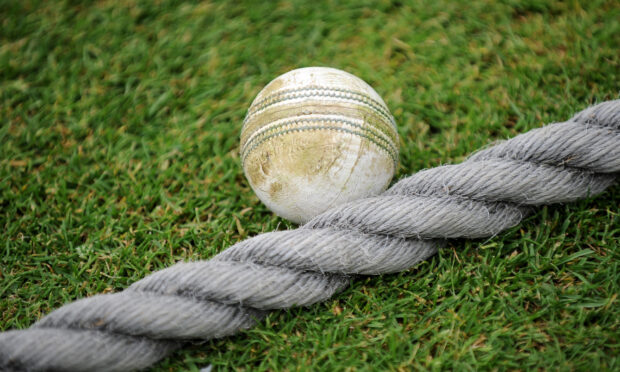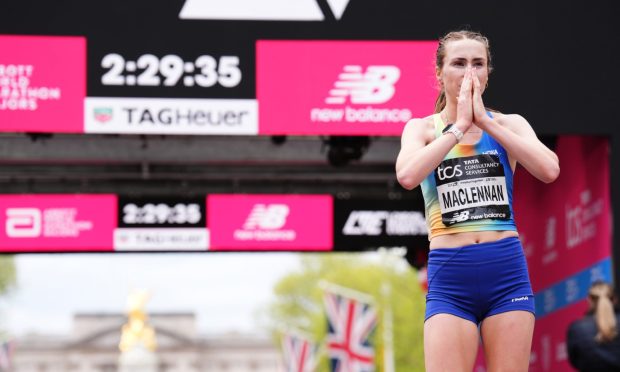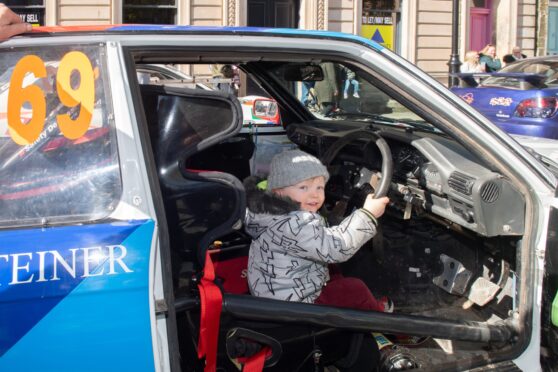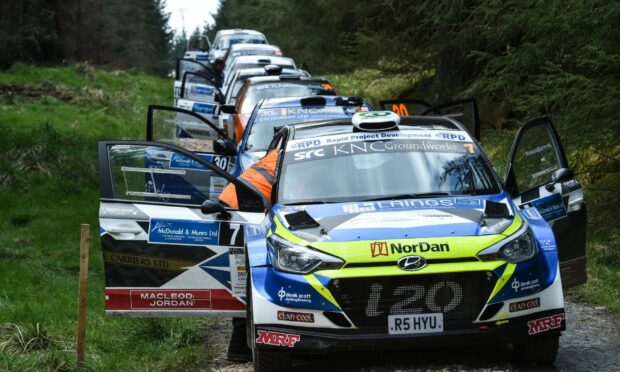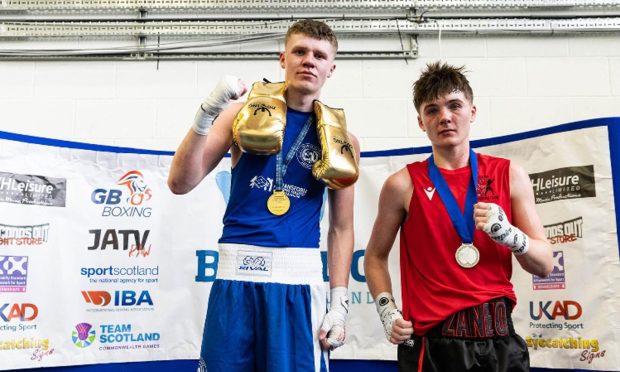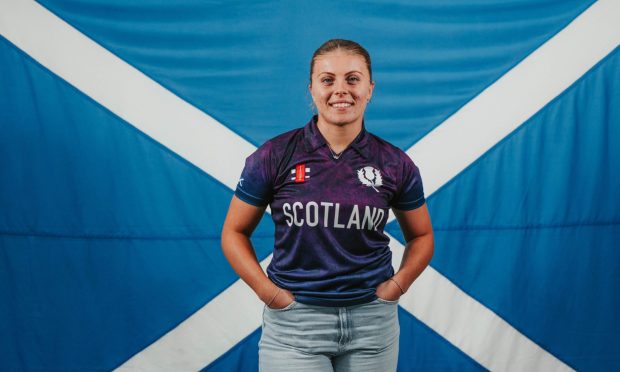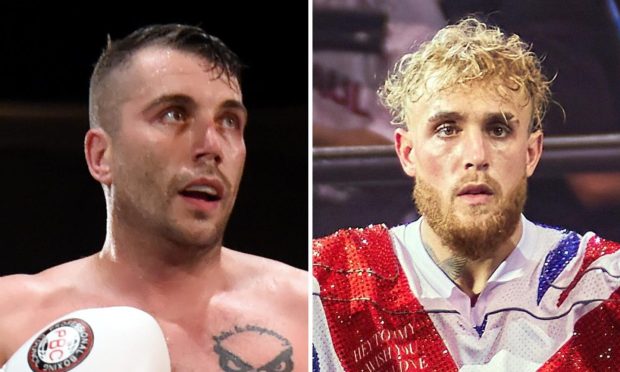The good news is that Scotland’s cricketers are on a winning streak.
The bad news is: what does the World Cup League Two even mean?
The ICC has made a big deal about its new structure which creates a labyrinthine pathway for teams to qualify for the 2023 World Cup.
In reality, they are leaving Associate countries, including the Scots, who beat England last summer, with a poisoned chalice.
I’ve been at Mannofield in the last week as Scotland, Oman and Papua New Guinea have fought it out in this supposedly historic new development in cricket.
All the participants have displayed positive qualities. Scotland rallied from an initial defeat to Oman to win their next three matches.
Oman beat the hosts and showed plenty of skill and commitment, as you would expect from a side managed by Sri Lankan maestro, Duleep Mendis.
Papua New Guinea struggled in comparison, but they pushed both their rivals at different stages of the tournament.
And now what? Why does the ICC continue with treating these teams as lackies? Scotland beat the reigning World Cup winners England just a year ago. And Oman have already recorded several victories over the Scots and the Irish.
But this is the world in store for all these nations in the next few years.
Mannofield has put on a good show this week. Don Bradman played his last game in Britain at the venue in 1948 and the staff have provided excellent facilities, food and drink for the hosts and visitors alike.
Sadly, the same vision hasn’t been apparent from the ICC, which didn’t even provide a match programme for the week-long event.
This is the same multi-million-pound organisation which often acts like a licence to print money.
Nobody’s pretending the games in Aberdeen have anything approaching the same status as the Ashes and the publicity surrounding Steve Smith and Jofra Archer.
But the perceived lack of interest from the ICC – check their website – illustrates that that they are happy with the status quo.
It’s development, Jim. But not as we know it!
